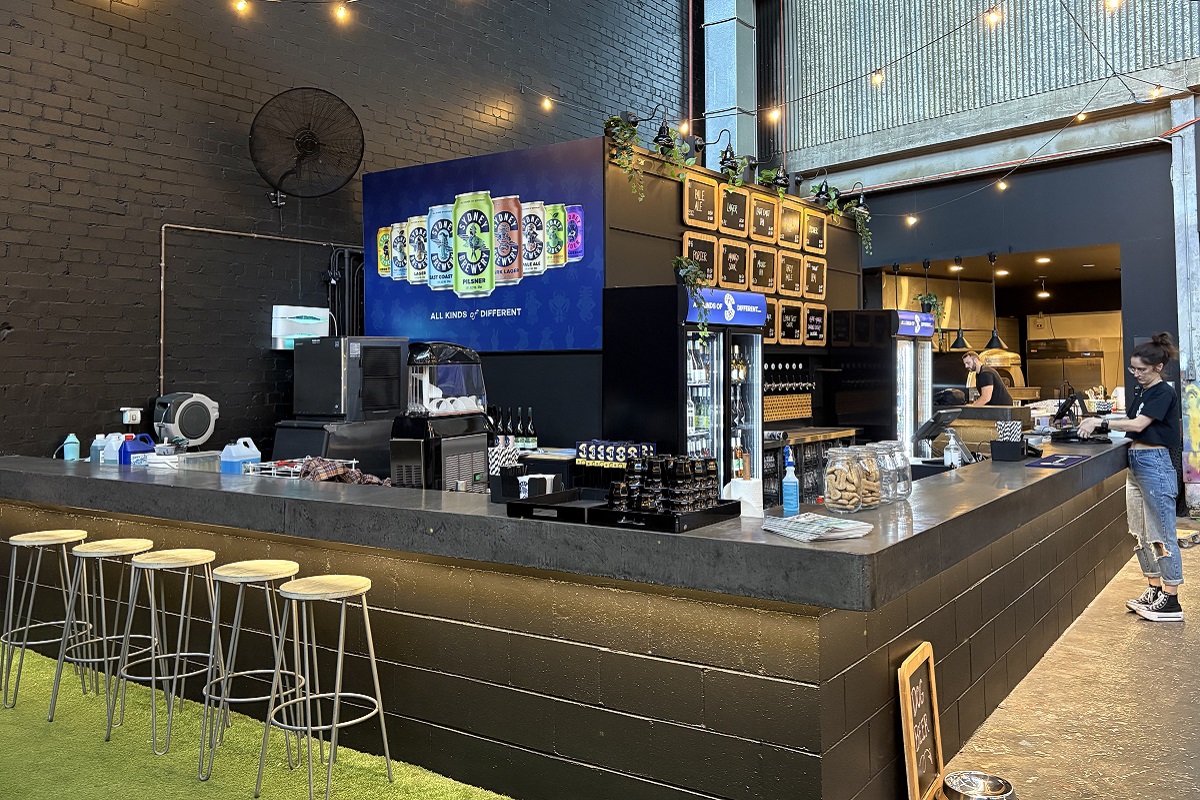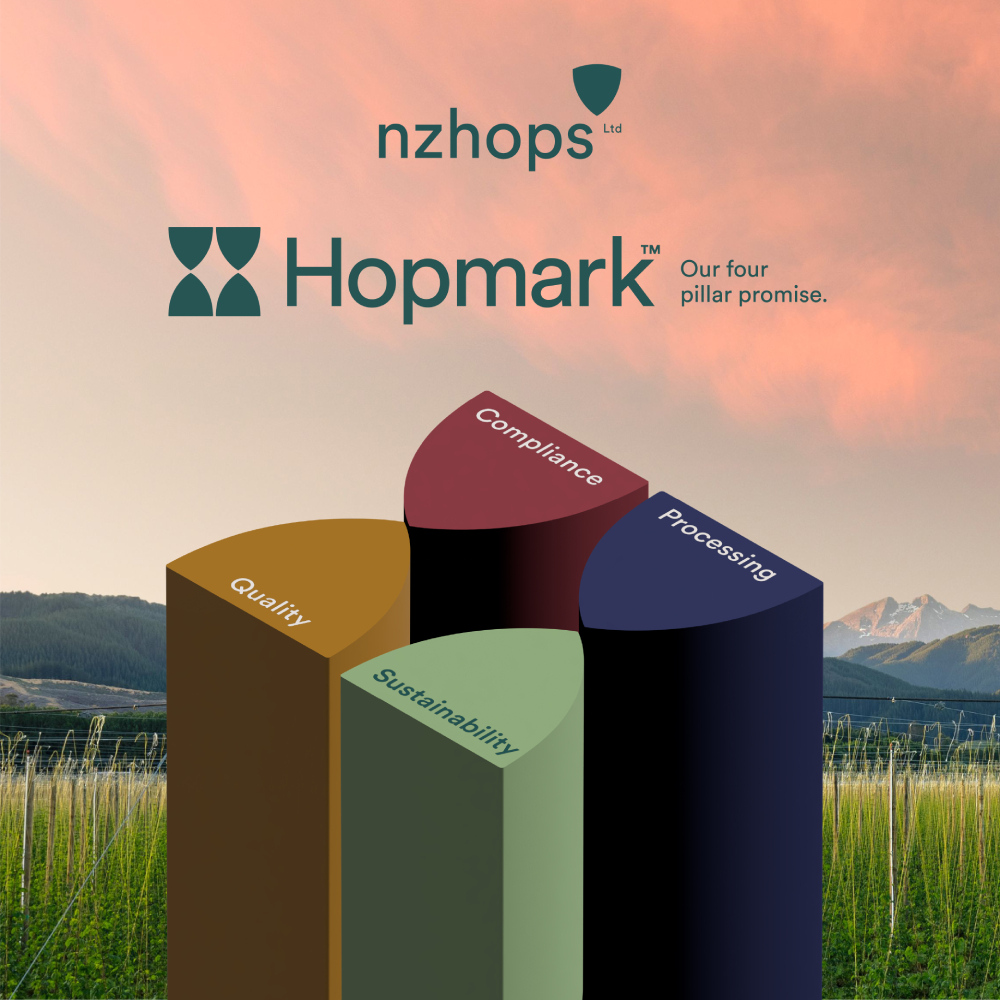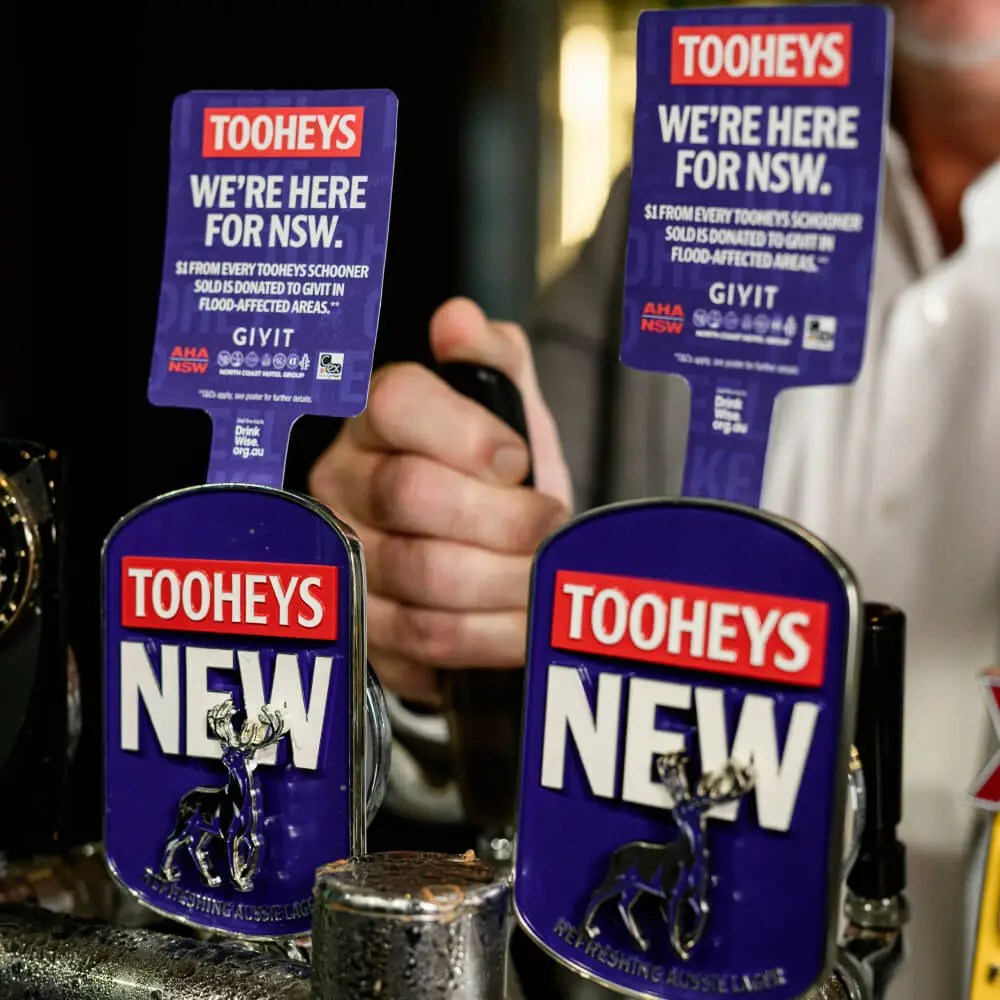By Charlotte Cowan, The Shout NZ
Dylan Firth, Executive Director of the Brewers Association of New Zealand, shares insights into his career, the current state of brewing in New Zealand, and where the industry is heading.
Can you describe your career and experience in the New Zealand brewing industry?
“I’ve been in and out of the hospitality and tourism scene for over 15 years. From pulling pints to working alongside hospitality business owners with regulatory advice and advocacy at Hospitality NZ.
“Now, after seven years with the Brewers Association, I’ve had the privilege to work alongside a range of large and small brewers. My role has a strong focus on advocacy, ensuring New Zealand’s brewing community has a fair and balanced regulatory environment.
“Much of what we do is behind-the-scenes work alongside Government departments, ensuring any regulation or legislative changes are not heading in a direction that would ultimately cost or hurt the sector. Things like food standard regulations, where labelling requirements and product formulation is scrutinised.
“Being a Trans-Tasman regulatory environment has meant lots of work alongside our Australian cousins. There is lots of focus on alcohol regulation through the Sale and Supply of Alcohol Act, working towards a more balanced excise environment, and waste and recycling regulations though the Ministry for the Environment.
“As part of engagement with Government, we also do a lot of feeding into international bodies that New Zealand works with. This requires understanding of global positions in the wider alcoholic beverage industry.”
How would you describe the current state of the New Zealand brewing industry?
“There is no doubt that the last few years have been brutal for the brewing and wider hospitality market. Large and small brewers alike are seeing slim profit margins, if any at all. A shift to off-premise sales has changed the market dynamic in terms of where people look to make their margins. And record levels of inflation have not only pushed up costs, but also impacted the CPI linked alcohol excise indexation.
“Some brewers have decided to exit the market, others have had that choice made for them. But the shift has seen a focus on hyper localism for many. Re-imagining their brands to support a geographically close market, thus lowering overheads like distribution and building brand loyalty. Trend shifts have continued towards things like low-carb and low-alcohol.”
What are your thoughts on the no- and low-alcohol category?
“Low and no is great! It’s been one of the most interesting innovation spaces in beer for a while. And with so many breweries adding it to their stable of offerings the choice is really good. But it is still a small base. With some European countries seeing over 10 per cent of their beer volumes in low and no, New Zealand at three per cent still has room for growth.”
What are your thoughts on the US tariffs?
“Like many, being from a nation that exports, I’m always keen to see more market access, not less. It’s really a hard one to gauge. We are not a huge beer export market. So for those who do export into countries that have been hit with hard tariffs like China, they may see some extra demand as those consumers pivot away from the more expensive US beer. It also could impact materials markets like aluminium, which could drive up production costs here.”
What are your biggest goals for The Brewers Association?
“For us, its really about working alongside the industry to understand what the needs and wants are. [We aim to] help identify opportunities for growth and innovation and ensure Government has the settings right to allow brewers to just get on with providing interesting, quality and popular products to consumers.
“One of the biggest issues I see is poorly informed decision making based on feeling over fact – our job is to ensure that doesn’t happen. So really our biggest goal is to make sure brewers can achieve their goals.”
What are your predictions for the brewing industry in the next five to 10 years?
“While there will no doubt be new style trends, it’s hard to see where these will go in the mid-term. I think the beer industry will navigate a complex landscape over the next three to five years.
“While we will see modest market growth, there is likely to continue a declining per capita consumption for alcohol in general. Low- and no-alcohol beers, premiumisation, and tourism will drive opportunities, especially as international tourism will see growth. This is somewhere the industry can really take leadership and work alongside government and regions to tell a unique New Zealand beer story.”
This article originally appeared on our sister title, The Shout NZ.











